我们知道低分辨率定时器和高精度定时器的实现原理,内核为了方便其它子系统,在时间子系统中提供了一些用于延时或调度的API,例如msleep,hrtimer_nanosleep等等,这些API基于低分辨率定时器或高精度定时器来实现,本章的内容就是讨论这些方便、好用的API是如何利用定时器系统来完成所需的功能的。
1. msleep
msleep相信大家都用过,它可能是内核用使用最广泛的延时函数之一,它会使当前进程被调度并让出cpu一段时间,因为这一特性,它不能用于中断上下文,只能用于进程上下文中。要想在中断上下文中使用延时函数,请使用会阻塞cpu的无调度版本mdelay。msleep的函数原型如下:
[cpp] view plain copy
void msleep(unsigned int msecs)
延时的时间由参数msecs指定,单位是毫秒,事实上,msleep的实现基于低分辨率定时器,所以msleep的实际精度只能也是1/HZ级别。内核还提供了另一个比较类似的延时函数msleep_interruptible:
[cpp] view plain copy
unsigned long msleep_interruptible(unsigned int msecs)
延时的单位同样毫秒数,它们的区别如下:
函数延时单位返回值是否可被信号中断msleep毫秒无否msleep_interruptible毫秒未完成的毫秒数是最主要的区别就是msleep会保证所需的延时一定会被执行完,而msleep_interruptible则可以在延时进行到一半时被信号打断而退出延时,剩余的延时数则通过返回值返回。两个函数最终的代码都会到达schedule_timeout函数,它们的调用序列如下图所示:

图1.1 两个延时函数的调用序列
下面我们看看schedule_timeout函数的实现,函数首先处理两种特殊情况,一种是传入的延时jiffies数是个负数,则打印一句警告信息,然后马上返回,另一种是延时jiffies数是MAX_SCHEDULE_TIMEOUT,表明需要一直延时,直接执行调度即可:
[cpp] view plain copy
signed long __sched schedule_timeout(signed long timeout)
{
struct timer_list timer;
unsigned long expire;
switch (timeout)
{
case MAX_SCHEDULE_TIMEOUT:
schedule();
goto out;
default:
if (timeout < 0) {
printk(KERN_ERR "schedule_timeout: wrong timeout "
"value %lx\n", timeout);
dump_stack();
current->state = TASK_RUNNING;
goto out;
}
}
然后计算到期的jiffies数,并在堆栈上建立一个低分辨率定时器,把到期时间设置到该定时器中,启动定时器后,通过schedule把当前进程调度出cpu的运行队列:
[cpp] view plain copy
expire = timeout + jiffies;
setup_timer_on_stack(&timer, process_timeout, (unsigned long)current);
__mod_timer(&timer, expire, false, TIMER_NOT_PINNED);
schedule();
到这个时候,进程已经被调度走,那它如何返回继续执行?我们看到定时器的到期回调函数是process_timeout,参数是当前进程的task_struct指针,看看它的实现:
[cpp] view plain copy
static void process_timeout(unsigned long __data)
{
wake_up_process((struct task_struct *)__data);
}
噢,没错,定时器一旦到期,进程会被唤醒并继续执行:
[cpp] view plain copy
del_singleshot_timer_sync(&timer);
/* Remove the timer from the object tracker */
destroy_timer_on_stack(&timer);
timeout = expire - jiffies;
out:
return timeout < 0 ? 0 : timeout;
}
schedule返回后,说明要不就是定时器到期,要不就是因为其它时间导致进程被唤醒,函数要做的就是删除在堆栈上建立的定时器,返回剩余未完成的jiffies数。
说完了关键的schedule_timeout函数,我们看看msleep如何实现:
[cpp] view plain copy
signed long __sched schedule_timeout_uninterruptible(signed long timeout)
{
__set_current_state(TASK_UNINTERRUPTIBLE);
return schedule_timeout(timeout);
}
void msleep(unsigned int msecs)
{
unsigned long timeout = msecs_to_jiffies(msecs) + 1;
while (timeout)
timeout = schedule_timeout_uninterruptible(timeout);
}
msleep先是把毫秒转换为jiffies数,通过一个while循环保证所有的延时被执行完毕,延时操作通过schedule_timeout_uninterruptible函数完成,它仅仅是在把进程的状态修改为TASK_UNINTERRUPTIBLE后,调用上述的schedule_timeout来完成具体的延时操作,TASK_UNINTERRUPTIBLE状态保证了msleep不会被信号唤醒,也就意味着在msleep期间,进程不能被kill掉。
看看msleep_interruptible的实现:
[cpp] view plain copy
signed long __sched schedule_timeout_interruptible(signed long timeout)
{
__set_current_state(TASK_INTERRUPTIBLE);
return schedule_timeout(timeout);
}
unsigned long msleep_interruptible(unsigned int msecs)
{
unsigned long timeout = msecs_to_jiffies(msecs) + 1;
while (timeout && !signal_pending(current))
timeout = schedule_timeout_interruptible(timeout);
return jiffies_to_msecs(timeout);
}
msleep_interruptible通过schedule_timeout_interruptible中转,schedule_timeout_interruptible的唯一区别就是把进程的状态设置为了TASK_INTERRUPTIBLE,说明在延时期间有信号通知,while循环会马上终止,剩余的jiffies数被转换成毫秒返回。实际上,你也可以利用schedule_timeout_interruptible或schedule_timeout_uninterruptible构造自己的延时函数,同时,内核还提供了另外一个类似的函数,不用我解释,看代码就知道它的用意了:
[cpp] view plain copy
signed long __sched schedule_timeout_killable(signed long timeout)
{
__set_current_state(TASK_KILLABLE);
return schedule_timeout(timeout);
}
2. hrtimer_nanosleep
第一节讨论的msleep函数基于时间轮定时系统,只能提供毫秒级的精度,实际上,它的精度取决于HZ的配置值,如果HZ小于1000,它甚至无法达到毫秒级的精度,要想得到更为精确的延时,我们自然想到的是要利用高精度定时器来实现。没错,linux为用户空间提供了一个api:nanosleep,它能提供纳秒级的延时精度,该用户空间函数对应的内核实现是sys_nanosleep,它的工作交由高精度定时器系统的hrtimer_nanosleep函数实现,最终的大部分工作则由do_nanosleep完成。调用过程如下图所示:

图 2.1 nanosleep的调用过程
与msleep的实现相类似,hrtimer_nanosleep函数首先在堆栈中创建一个高精度定时器,设置它的到期时间,然后通过do_nanosleep完成最终的延时工作,当前进程在挂起相应的延时时间后,退出do_nanosleep函数,销毁堆栈中的定时器并返回0值表示执行成功。不过do_nanosleep可能在没有达到所需延时数量时由于其它原因退出,如果出现这种情况,hrtimer_nanosleep的最后部分把剩余的延时时间记入进程的restart_block中,并返回ERESTART_RESTARTBLOCK错误代码,系统或者用户空间可以根据此返回值决定是否重新调用nanosleep以便把剩余的延时继续执行完成。下面是hrtimer_nanosleep的代码:
[cpp] view plain copy
long hrtimer_nanosleep(struct timespec *rqtp, struct timespec __user *rmtp,
const enum hrtimer_mode mode, const clockid_t clockid)
{
struct restart_block *restart;
struct hrtimer_sleeper t;
int ret = 0;
unsigned long slack;
slack = current->timer_slack_ns;
if (rt_task(current))
slack = 0;
hrtimer_init_on_stack(&t.timer, clockid, mode);
hrtimer_set_expires_range_ns(&t.timer, timespec_to_ktime(*rqtp), slack);
if (do_nanosleep(&t, mode))
goto out;
/* Absolute timers do not update the rmtp value and restart: */
if (mode == HRTIMER_MODE_ABS) {
ret = -ERESTARTNOHAND;
goto out;
}
if (rmtp) {
ret = update_rmtp(&t.timer, rmtp);
if (ret <= 0)
goto out;
}
restart = ¤t_thread_info()->restart_block;
restart->fn = hrtimer_nanosleep_restart;
restart->nanosleep.clockid = t.timer.base->clockid;
restart->nanosleep.rmtp = rmtp;
restart->nanosleep.expires = hrtimer_get_expires_tv64(&t.timer);
ret = -ERESTART_RESTARTBLOCK;
out:
destroy_hrtimer_on_stack(&t.timer);
return ret;
}
接着我们看看do_nanosleep的实现代码,它首先通过hrtimer_init_sleeper函数,把定时器的回调函数设置为hrtimer_wakeup,把当前进程的task_struct结构指针保存在hrtimer_sleeper结构的task字段中:
[cpp] view plain copy
void hrtimer_init_sleeper(struct hrtimer_sleeper *sl, struct task_struct *task)
{
sl->timer.function = hrtimer_wakeup;
sl->task = task;
}
EXPORT_SYMBOL_GPL(hrtimer_init_sleeper);
static int __sched do_nanosleep(struct hrtimer_sleeper *t, enum hrtimer_mode mode)
{
hrtimer_init_sleeper(t, current);
然后,通过一个do/while循环内:启动定时器,挂起当前进程,等待定时器或其它事件唤醒进程。这里的循环体实现比较怪异,它使用hrtimer_active函数间接地判断定时器是否到期,如果hrtimer_active返回false,说明定时器已经过期,然后把hrtimer_sleeper结构的task字段设置为NULL,从而导致循环体的结束,另一个结束条件是当前进程收到了信号事件,所以,当因为是定时器到期而退出时,do_nanosleep返回true,否则返回false,上述的hrtimer_nanosleep正是利用了这一特性来决定它的返回值。以下是do_nanosleep循环体的代码:
[cpp] view plain copy
do {
set_current_state(TASK_INTERRUPTIBLE);
hrtimer_start_expires(&t->timer, mode);
if (!hrtimer_active(&t->timer))
t->task = NULL;
if (likely(t->task))
schedule();
hrtimer_cancel(&t->timer);
mode = HRTIMER_MODE_ABS;
} while (t->task && !signal_pending(current));
__set_current_state(TASK_RUNNING);
return t->task == NULL;
}
除了hrtimer_nanosleep,高精度定时器系统还提供了几种用于延时/挂起进程的api:
schedule_hrtimeout 使得当前进程休眠指定的时间,使用CLOCK_MONOTONIC计时系统;
schedule_hrtimeout_range 使得当前进程休眠指定的时间范围,使用CLOCK_MONOTONIC计时系统;
schedule_hrtimeout_range_clock 使得当前进程休眠指定的时间范围,可以自行指定计时系统;
usleep_range 使得当前进程休眠指定的微妙数,使用CLOCK_MONOTONIC计时系统;
它们之间的调用关系如下:

图 2.2 schedule_hrtimeout_xxxx系列函数
最终,所有的实现都会进入到schedule_hrtimeout_range_clock函数。需要注意的是schedule_hrtimeout_xxxx系列函数在调用前,最好利用set_current_state函数先设置进程的状态,在这些函数返回前,进城的状态会再次被设置为TASK_RUNNING。如果事先把状态设置为TASK_UNINTERRUPTIBLE,它们会保证函数返回前一定已经经过了所需的延时时间,如果事先把状态设置为TASK_INTERRUPTIBLE,则有可能在尚未到期时由其它信号唤醒进程从而导致函数返回。主要实现该功能的函数schedule_hrtimeout_range_clock和前面的do_nanosleep函数实现原理基本一致。大家可以自行参考内核的代码,它们位于:kernel/hrtimer.c。
 电子发烧友App
电子发烧友App














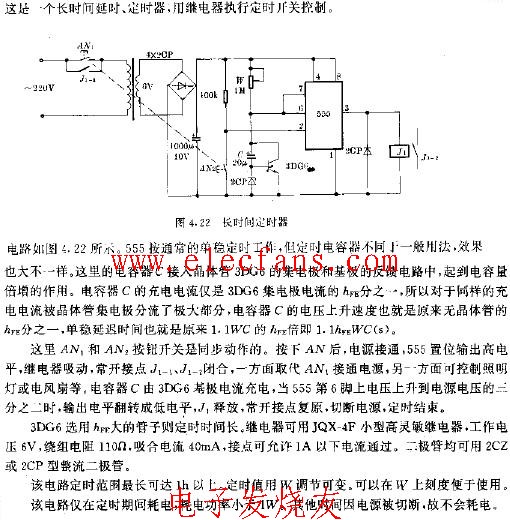


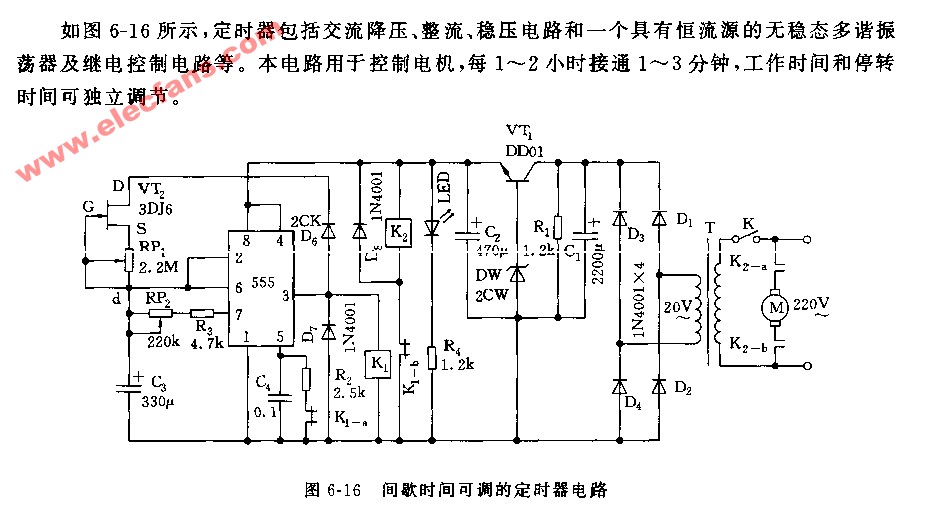
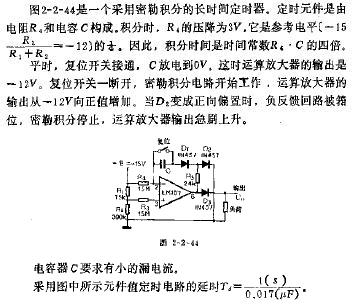
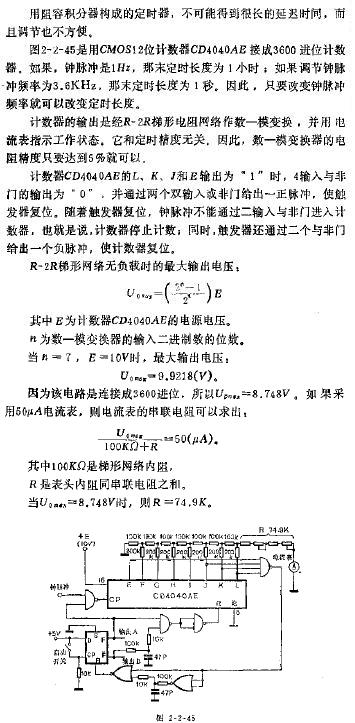
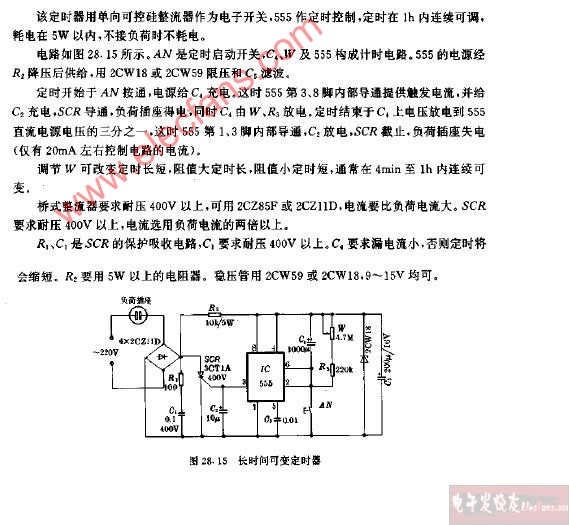
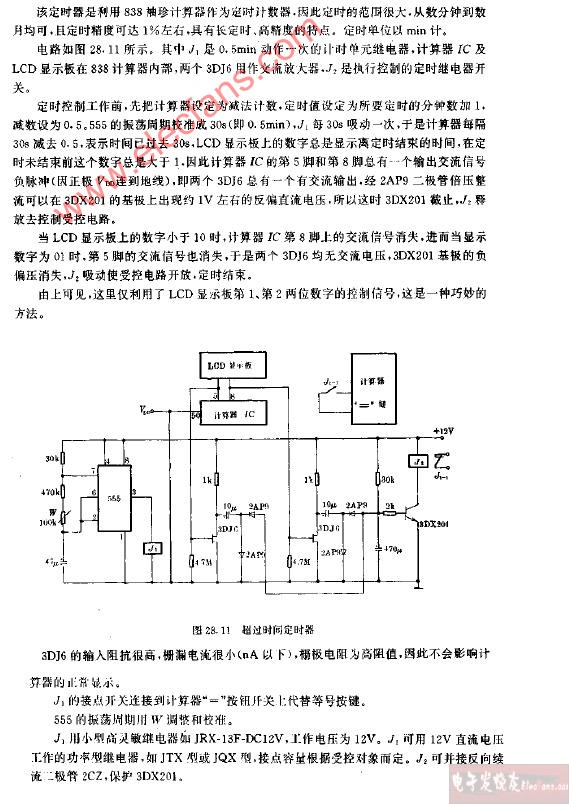


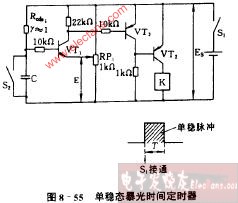
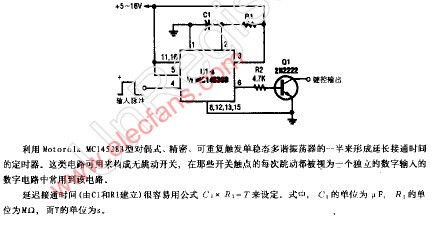
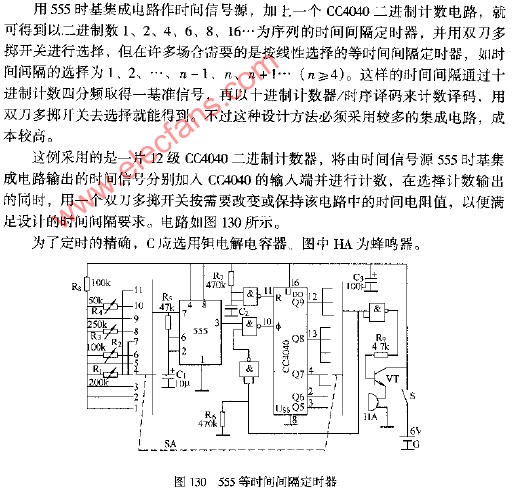






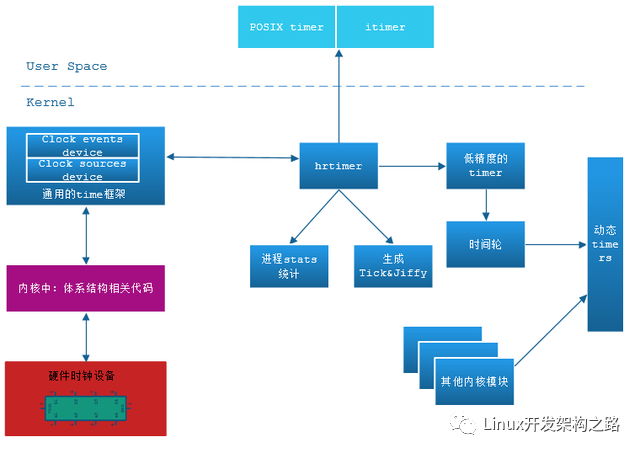
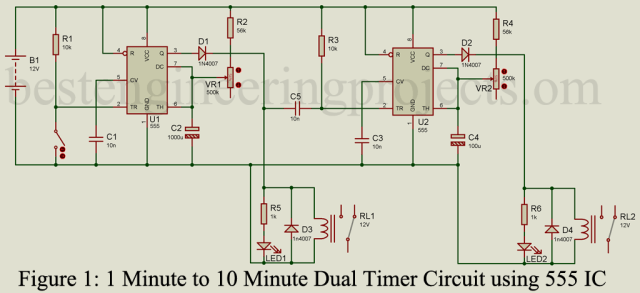










评论